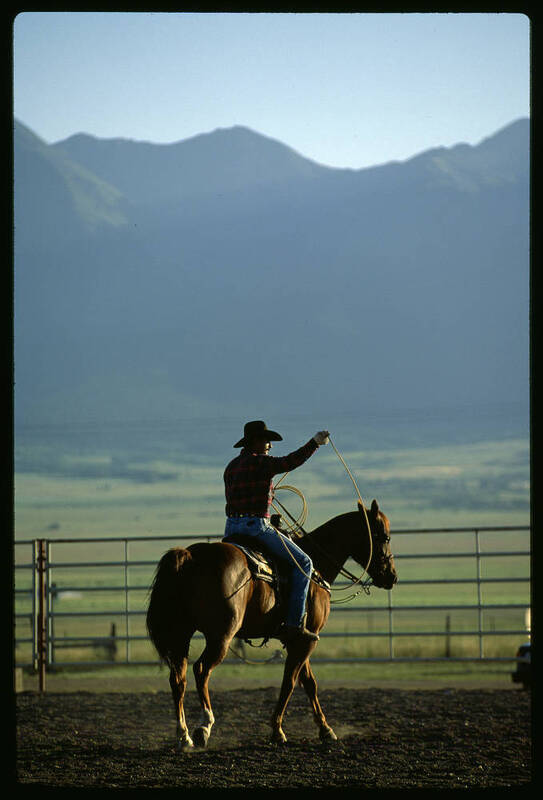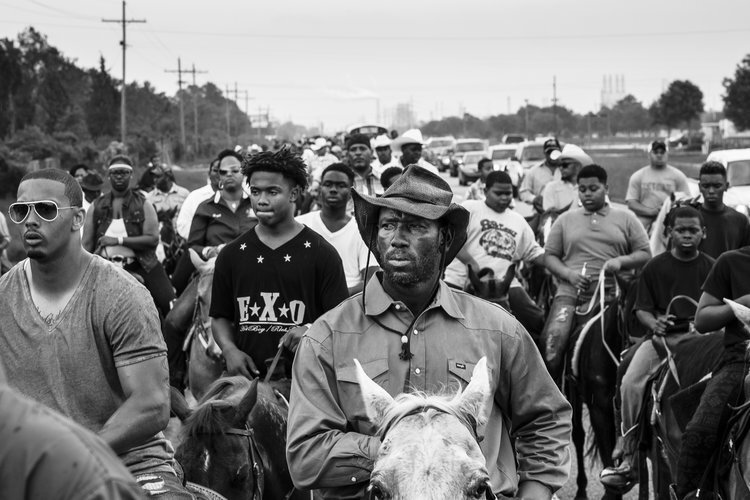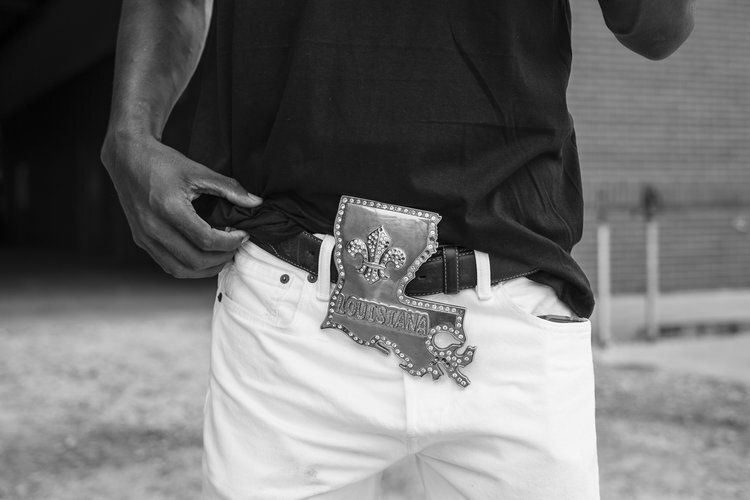Introduction
The American Cowboy has been a prominent figure throughout history. He was unique in that the cowboy is both an occupation and a lifestyle. For as long as they have been around, cowboys could be spotted out of a crowd as he was most likely wearing his cowboy boots and his favorite cowboy hat which signified the kind of man he was. While the first instances of cowboys in America developed out of a necessity to care for the cattle across large expanses of land, he ultimately evolved over time and because the cowboy was scattered all over the land in areas with different laws and protections he eventually became the law himself in what we now call the Wild West. In this new role, one would assume these cowboys would be characterized, in society, but is actually had the opposite effect in some instances. Cowboys came to be known as true, trusting, and possessed heroic traits of character.
Sue Bennett - Photographer
The photo to the left was taken by Photographer Sue Bennet in 1990. Bennett graduated college at Northern Arizona University with a bachelor’s of science degree but later decided to pursue her dreams of writing and photography. Bennet was most famous for her work in freelance photography, working out of her studio in Flagstaff Arizona. Bennett made a name for herself with her unparalleled method to commercial photography and while she refused to call herself an artist, Bennett took pride in her technical ability and original style. Bennett was also a proficient entrepreneur and clients vigorously sought after what would come to be known as “the Sue Bennett photograph”. This specific photograph was apart of Bennet’s series “Cowboys”. is part of Sadly, Sue Bennett passed away in a car accident in California on May 1st, 2003 however in 2013, her life works and esteemed legacy were donated to, and will live on, at Northern Arizona University’s Cline Library, Special Collections and Archives.
While this exhibit will focus heavily on the American cowboy, their culture, and what has become known across the country as the Cowboy Code, it will also delve a little deeper. The American cowboy isn’t the just the man we’ve all come to know in the history books. He’s not a cookie cutter version of a white man wearing cowboy boots, a cowboy hat, and sitting on top of a horse and he never has been. The cowboy wouldn’t be who he is today without the diverse group men and woman who honor his legacy every day. The cowboy wouldn’t be around today if it wasn’t for the “first cowboy”, or commonly referred to, the vaquero who journeyed from Mexico with his cattle. His heritage is being kept alive by a group of Creole cowboys in Louisiana who are determined to bring the cowboy culture further east. This exhibit will also explore the role of the cowgirl and how she fits into a world notorious for being dominated by men.
Jeremiah Ariaz - Photographer
The black and white images on this page were taken by photographer and professor at Louisiana State University. Riding his motorcycle down the countryside in Louisiana, Ariaz came up on a large group of people who were riding horses along the road. Before the group had passed, he was able to snap some images and was then invited to join which was the beginning of his ride with the African American trail-riding clubs.
The Cowboy Way is an important part of American history and while his lifestyle tends to be romanticized by the media and in films, the cowboy is a dying breed in our country today. What happened to the cowboy lifestyle and why is it disappearing from society when his legacy stands for so much good? This exhibit will explore the cowboy’s lifestyle on a more critical level in order to answer this important question.


